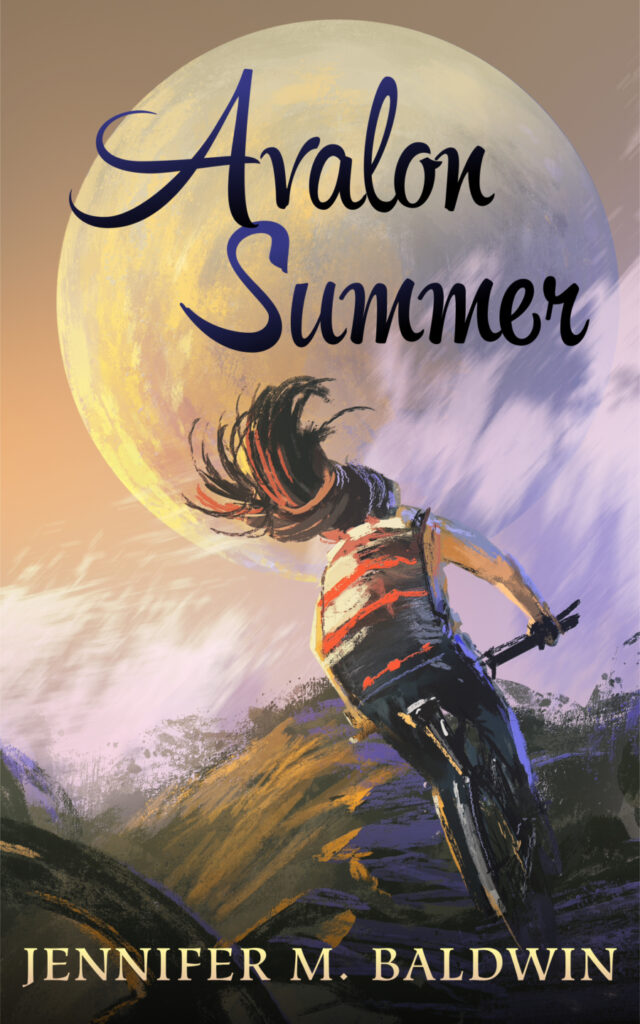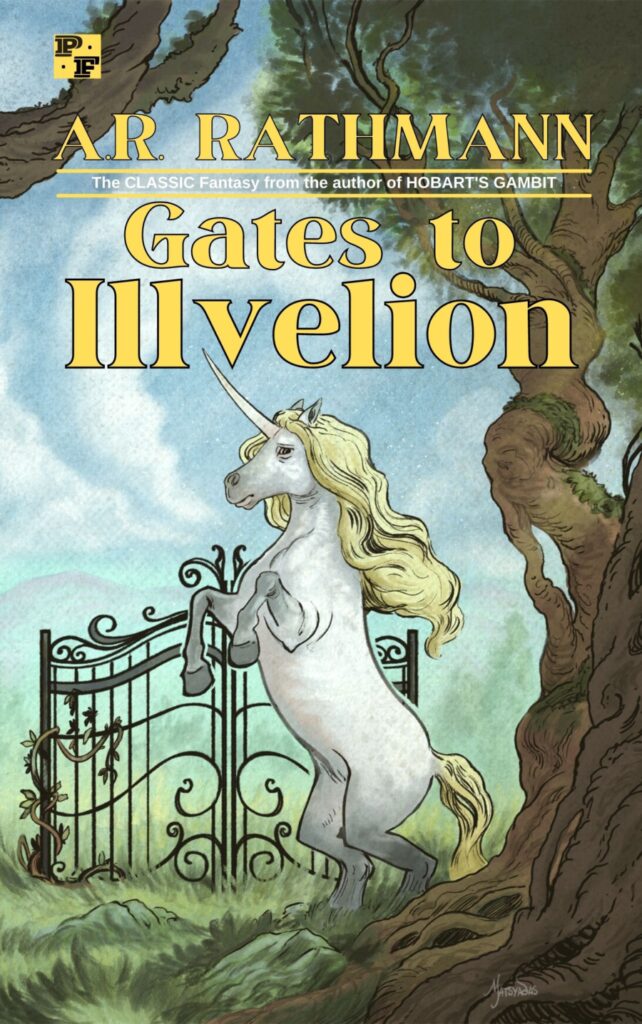I turned forty this past year. 1992 was thirty years ago. Somehow, in my fortieth year, I can see images of my childhood more readily than I can see the here and now. They are TV images set to high contrast.
Seven years ago, when I began Avalon Summer (my fictional, fantasy adventure memoir), I didn’t reckon with the time that had passed between the early 1990s and 2015. I didn’t reckon with how much older I had grown. It felt like the past, sure, but it wasn’t that long ago. It didn’t feel that long ago to me. It hadn’t yet become “the past” the way my parents’ childhood decades had.
Now, I cannot help but reckon the time. 2022 and 1992 are thirty years apart. Thirty years is a big round number; it is substantial and significant and feels hard to ignore. Everyone makes a huge deal out of these decade-markers (like the incredulity my aunts and uncles and older cousins have when they realize I’ve turned forty — I, the “youngest” of the cousins). Thirty, forty, fifty, sixty, etc. These numbers denote something, I guess, when we notice them and point to them and say, “This is a marker of time.”
So it’s been thirty years since 1992, since I was ten-going-on-eleven, since I was in that liminal space between childhood and not-childhood (but not really adolescence, not yet), and I still hoped to run around the woods pretending to be on a quest, fighting ogres, and seeing elves without embarrassment, without judgment or teenage scorn. By the end of that year, such hope was gone. 1993 was a different time.
Everywhere I turn now, my memory sees my childhood. Maybe it’s because I’m watching Pee Wee’s Playhouse with my kids these days, or sharing grainy videos of old Muppet Babies episodes with them on Youtube; maybe it’s because I’m listening to Paul Simon say “call me Al” on the home stereo, or Cyndi Lauper comes up on my ipod in the car while I’m driving the kids to Grandma’s, and along the way, the sunlight bursts over the world and warms it on a cold April morning so that I feel a fleeting promise of what Saturday mornings used to mean, in my childhood, when I had a whole day to daydream and tell myself my adventure stories and read books and wonder.
I float back into memories a lot these days. Every new gray hair or old pop song does it. And thirty years was so long ago now that it feels long ago, it feels like the 1960s felt to me when my parents were forty: a golden-hazed Polaroid, an almost-foreign land — but it’s a photograph that’s coming more and more into focus, the contrast between then and now growing more and more pronounced. I don’t mean in a “Those were the good ol’ days!” kind of way where I deride all the changes that have happened these thirty years hence; I like a lot of changes we’ve seen; there have been and continue to be many good changes. I am not pining.
What I mean, simply, is that my childhood was a long time ago, so I can see the differences now. Technicolor has bled into the frames and rendered that part of my past ultra-vivid — but ultra-vivid because it has separated from the whole. It isn’t part of the continuum anymore: it’s a space set apart, at least for me.
I wish I could live in these images, honestly. They feel more real. Is this what it means to grow old: to be more in the past than in the present? To live the here and now like Dorothy in black-and-white Kansas while bright-colored Oz awaits when we close our eyes and remember? I don’t know. I don’t know if this kind of rumination is even very healthy or helpful. But it feels significant: a recognition of my mortality, perhaps.
The problem, as I see it, is that this feeling — this experience of my past — is what I want to convey with my novel, Avalon Summer, but I know I’m failing at it. I know I’m falling short. And I wish I knew how to fix it. I can see it all so clearly — I can feel it so deeply — but I’m afraid I can’t help you see it or feel it that way. No matter what I write, no matter what words I use, the communication of these feelings eludes me. This is the anxiety of the artist, I guess. The continual failure of a sub-creator who can only render shadows on the wall when she wants to breath life into clay.
I want Avalon Summer to be finished this year. Thirty years from 1992 to 2022. I don’t know why, but that feels fitting. It began life as a NaNoWriMo novella, then it became my “side project” when I needed a break from writing the Merlin’s Last Magic series, and now it has been my focus for the past twelve months — this side project has become the center of my imagination. The memories and ideas that have lingered with me for thirty years have burst through the wall like the Kool-Aid man, like a Nickelodeon orange splat across the screen, like the feeling of a Saturday afternoon bike ride through my old neighborhood.
Avalon Summer is meant for anyone who has ever read a book that made them glad to be alive, for anyone who has ever wanted to lay down alone in the grass and think, for anyone who has ever wanted to be loved despite feeling undeserving. It’s for the square pegs and the dreamers. For the misfits and the weirdos.
I don’t know if I’ll finish the book this year. Days flow by and so much still seems undone, but I know I’m trying. I know I’m trying to find the words and fill the pages. I haven’t abandoned Merlin’s Last Magic or the second book in the series (Ysbaddaden), but right now, I have to finish Avalon Summer.
I’m looking ahead: another Saturday morning, R.E.M. comes up on the ipod as I drive the kids to Grandma’s, and along the way, a breeze blows through the open window and cools the world in warm July so that I know the fleeting promise of what a Saturday morning still means. It’s still a day for daydreams and adventure stories and reading books and wonder. And on the shelf is my own book, a letter to myself, a moment of grace. Anyway, that’s what I hope.
 The 1980s spilled into the early 90s.
The 1980s spilled into the early 90s.

